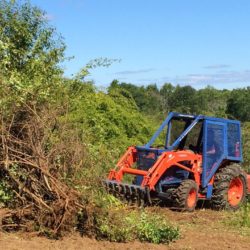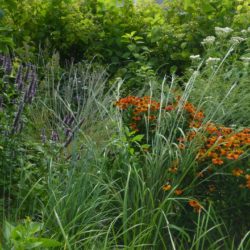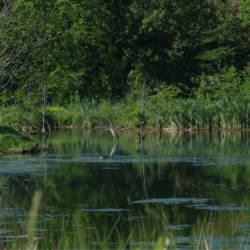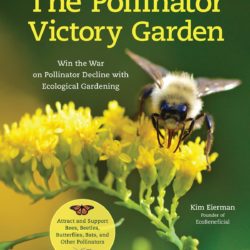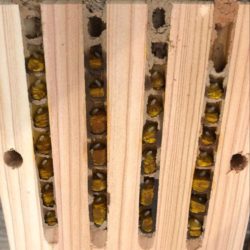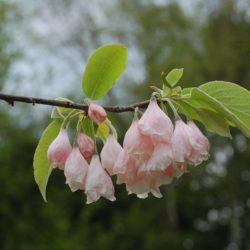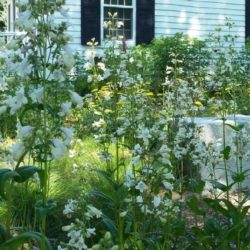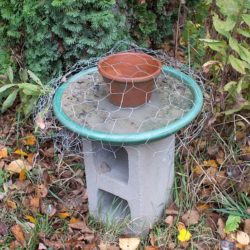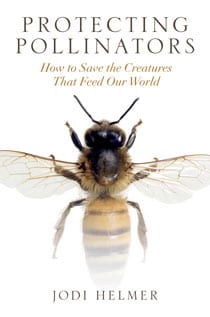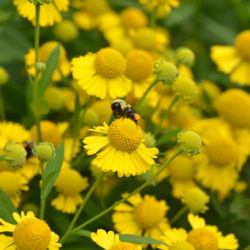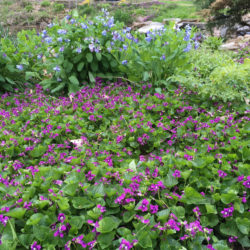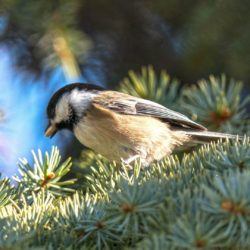By Ellen Snyder
In southeastern New Hampshire, where I work with landowners and communities on land stewardship, managing invasive plants is a constant struggle. As the Land Stewardship Coordinator for the Town of Durham, I’m guiding three restoration projects on town conservation land. It was hard not to be overwhelmed by the pervasiveness of invasive plants on all three properties. To avoid invasive paralysis, I keep my focus on the goal: restoration of a place to a mostly self-sustaining, healthy plant community. The reward is a restored landscape brimming with native plants and native beneficial insects.

